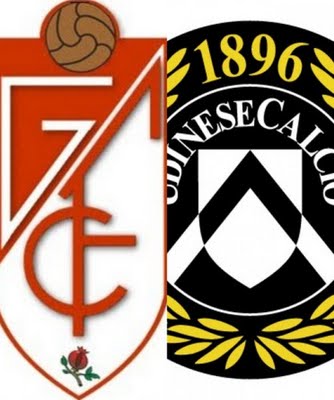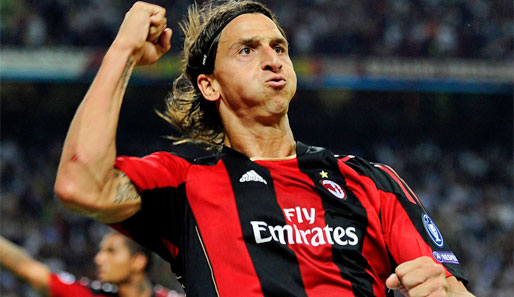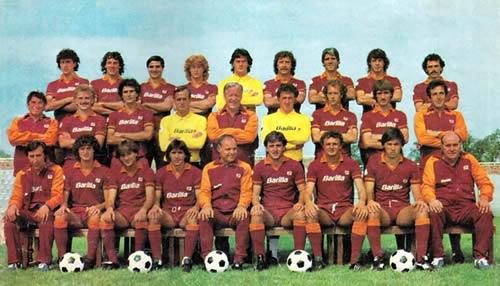Editor’s note: It’s been a while since we’ve done any match reports on CultFootball–not like the good old days, when trunchfiddle might watch a Bundesliga match over the weekend and write up a quick post and title it “Borussia Dortmund beweisen ihren Wert”
Of coures, it’s not as if trunchfiddle and the rest of us have stopped watching matches–we’ve just stopped writing about them. But even that’s not entirely true–in what’s become a bit of a double-edged sword, most of our typed match-related output has migrated to our email listserv. It better fits the transient nature of match commentary
So here is a compilation of some of our thoughts, pre- during, and post-game of last weekend–the match in question being Sunday’s late Serie A matchup in Turin, which ended in a decisive 3-0 win for league-leading and two-time defending domestic champion Juventus over unexpected challengers Roma.
This match, at the halfway point of the season, was going to essentially decide whether there would be a Scudetto race the rest of the way. Going in, Juve was 5pts ahead of Roma in the Serie A table–even though Roma remarkably entered undefeated (Juve’s line: 15W 1D 1L -> 46pts; Roma: 12W 5D 0L -> 41pts).
But Roma had lost the momentum going into the winter holiday break. After starting the season with a record 10 wins in their first 10 fixtures, they slumped to 5 draws in the last 7 fixtures of 2013 (cf the Guardian’s handy Stats Centre, which includes team-by-team league form and league position time series.). For accounts of that magica-l early season form, see Paolo Bandini in the Guardian (“Roma’s resurrection embodied by Francesco Totti but made by Rudi Garcia“) and Gabriele Marcotti in the WSJ (“Manager Rudi Garcia’s Tactics Spark Turnaround at Roma Soccer“), both writing in early October.
Meanwhile, Juve had dropped points early in the season with a draw at Inter and a shocking 4-2 loss at Fiorentina–but they won the rest of their league matches, finally pulling past Roma into the top spot in late November.
Definitely, the game will be decided in the middle…Pirlo-Vidal-Marchisio vs Pjanic-Strootman-De Rossi. WOW !!I think Juve is still better in the middle, but if Pjanic and Totti (with Gervinho) have a good day, the match will be really fast-paced and exciting to watch.And I wouldn’t discard the role of Maicon, he is a crazy player who excels in big games….and there on the right Juve is not strong….Roma must be fast, very fast in counter attacks because Juve’s defense can be beaten by speed only.I hope Roma wins, it would be good for Serie A and for all the Magica fans….I wish we could watch it together !!
I’ve got a nice clean English language sopcast feed running on the desktop.Saw the Juventus goal. Made by Tevez, scored by Vidal. Tevez has still got it.Pogba is very good. He’s a blur in the open field and has a shot like a rocket. His and Vidal’s hairstyles are some next level shit.Juve look very dangerous in the attacking third (and on the counter). Nice intricate passing and movement, very pleasing on the eye.Roma apparently held more possession before the first 20 mins, but I didn’t see it. Their play is also nice to watch, very attacking but not nearly as sharp or intricate as Juve’s.Totti flopping all over the place. Gervinho wearing some kind of headband.And now James Richardson running the halftime show for BT Sport
Roma just seem a couple steps too slow. Have done little threatening from their extra possession. Pjanic been suffering with some sort if knee issue.Now Roma don’t react at all to a free kick to the far post, late runner Bonucci slides it home. This match is over.
I owe you few words after yesterday….First, yes, Serie A was available on dish in 2001. [in response to an unrelated Serie A question]Regarding the game, although I liked the way we started it, and overall the whole first half, I was worried because Juventus was playing the game that we were supposed to play: stay calm, wait for their attacks and punish with lethal counter attacks. I was thinking “Look at that smartass of Conte, he is waiting for us to show off how good we are and he will punish us on the first real chance…..son of a b….!!”. And that is what happened….The match was decided by few episodes and it seems like everything is going in Juve’s advantage these days.Unfortunately De Rossi and Totti didn’t play well and Castan made a huge mistake on the 2nd goal (unusual for him), which kind of ended the game for me. Strootman is a giant. I love that player. The rest is history. Now, unless Juve thinks that they already won, there is no way they will lose this scudetto….;-(
Ciao….





